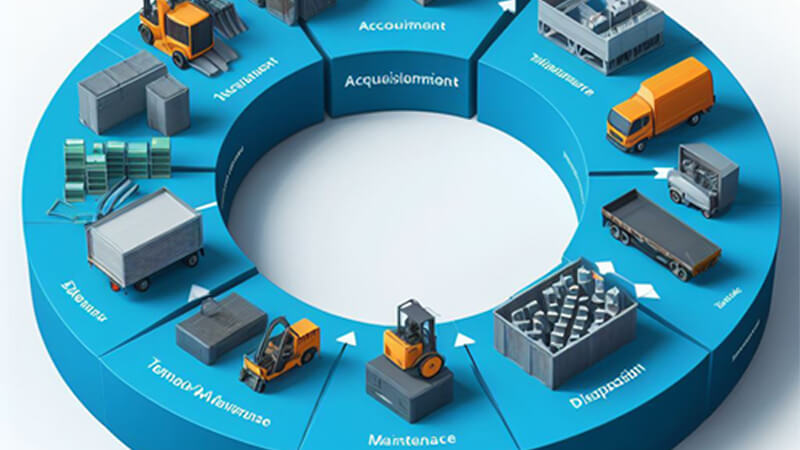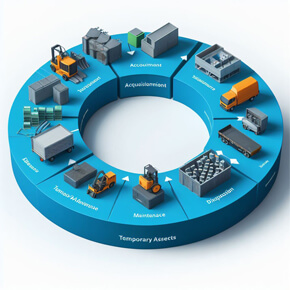Introduction
Temporary assets, also known as current assets, are a crucial component of a company’s balance sheet. These assets are called “temporary” because they are expected to be converted into cash or used up within a relatively short period, typically within one year or a single operating cycle, depending on the nature of the business. Understanding temporary assets is essential for assessing a company’s liquidity, solvency, and overall financial health.

Common examples of temporary assets include:
- Cash and Cash Equivalents: This category includes cash on hand, cash in bank accounts, and short-term investments that are easily convertible to cash within a short timeframe.
- Accounts Receivable: These are amounts due from customers who have purchased goods or services on credit. Companies expect to receive payment within a short time frame.
- Inventory: Inventory represents goods held for sale or raw materials used in production. These are temporary assets because they are expected to be sold or consumed in the near future.
- Prepaid Expenses: These are expenses paid in advance, such as insurance premiums or rent. They are assets because the company will receive benefits (services or products) over a specific period.
Temporary assets play a significant role in assessing a company’s working capital. Working capital is the difference between current assets and current liabilities. It indicates the company’s ability to meet its short-term financial obligations.
For businesses, effectively managing temporary assets is crucial for maintaining liquidity and ensuring smooth operations. Companies often aim to strike a balance between maintaining enough temporary assets to cover obligations and preventing excessive holdings that could be used more productively elsewhere.
Investors, creditors, and financial analysts pay close attention to a company’s temporary assets when evaluating its financial stability and growth potential. A well-managed portfolio of temporary assets can boost a company’s profitability and financial strength, making them a key consideration for financial decision-makers and stakeholders.

